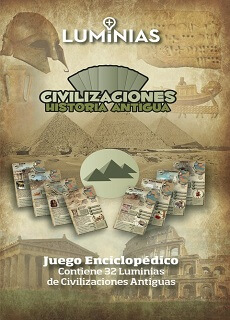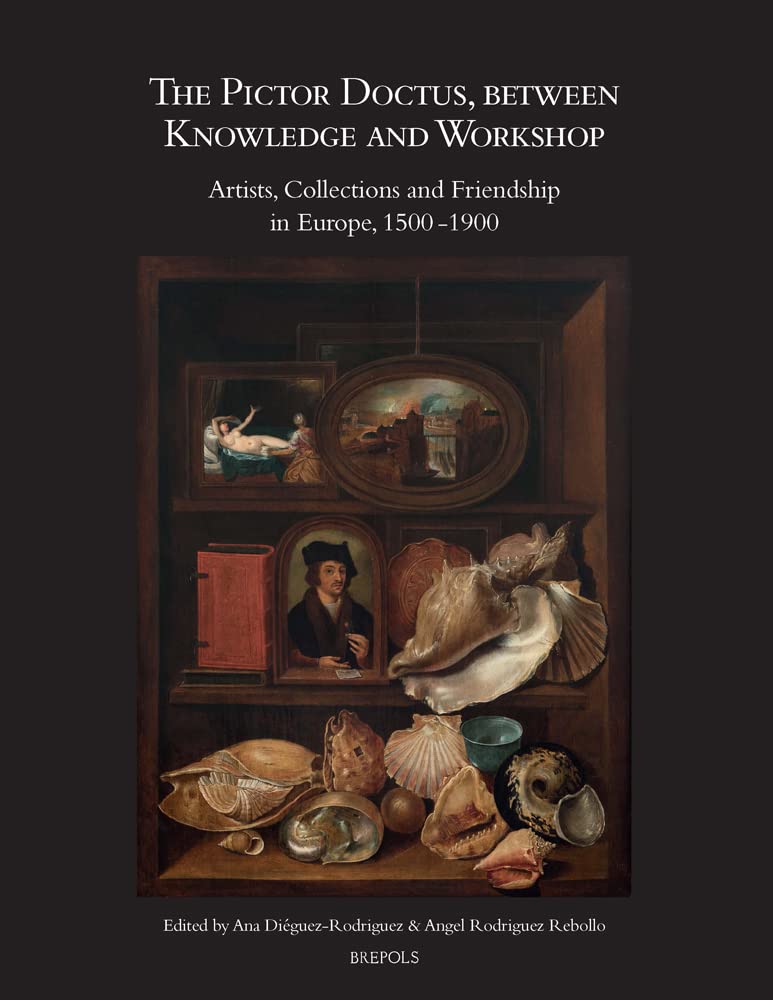The Pictor Doctus, Between Knowledge and Workshop: Artists, Collections and Friendship in Europe, 1500-1900 (English and Spanish Edition)
$448.392 $313.874
Ahorras: $134.518 (30%)
Recent research on the collections treasured by artists during their lifetime, or those collections they had access to, has contributed significantly to the understanding of their own compositions. Traditional historiography has favoured the study of the royal and aristocratic collections that could have inspired artists rather than of the artists’ own collections. Only those of the ‘great’ artists, such as Rubens, Bernini, Velazquez or Mengs, have been comprehensively examined. In the eighteenth century, the notion of collecting itself was transformed. An aesthetic taste was fostered and developed through the gathering of objects, and the personal collection of an artist could therefore provide the key to a more thorough understanding of their production. The nineteenth century witnessed artists bequeathing their collections to different institutions, sometimes even creating their own institutional collection. Architects, painters, sculptors and goldsmiths assembled some of the most important artistic collections of their time in their workshops.
1 disponibles
Información adicional
| Peso | 1 kg |
|---|---|
| Dimensiones | 2 × 21 × 28 cm |
| Codigo de barra | 9782503589084 |
| Autor | |
| Año | |
| Tema | |
| Editorial |
Productos relacionados
-
Ahorras 10%

Civilizaciones Historia Antigua ( Juego Enciclopedico 32 Laminas )
$15.086$13.577
Ahorras: $1.509 (10%) Añadir al carrito -

Dinosaurios ( Juego Enciclopedico 32 Laminas Tamaño Tabs)
$24.143 Añadir al carrito -

Razas De Perros ( Minilibro De 32 Laminas)
$15.086 Añadir al carrito -

Elementos De La Naturaleza ( Minilibro De 32 Laminas )
$15.086 Añadir al carrito -

Mamiferos Marinos ( Minilibro De 32 Laminas )
$15.086 Añadir al carrito

